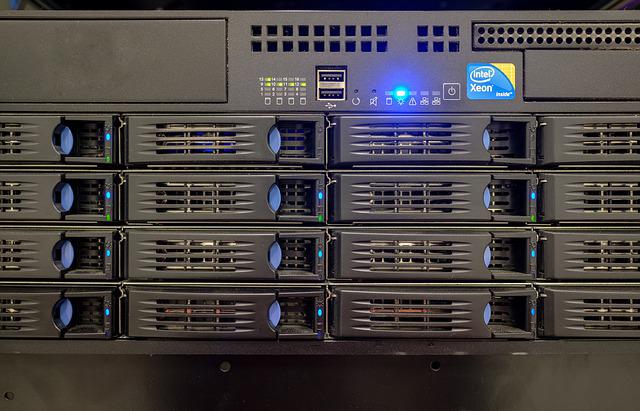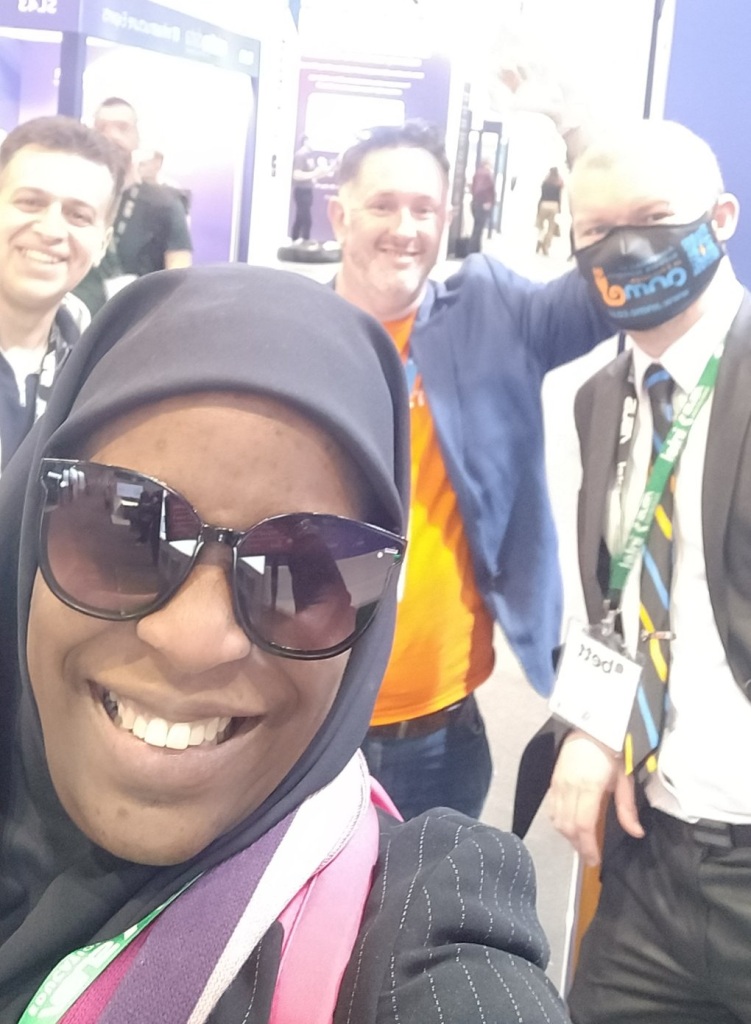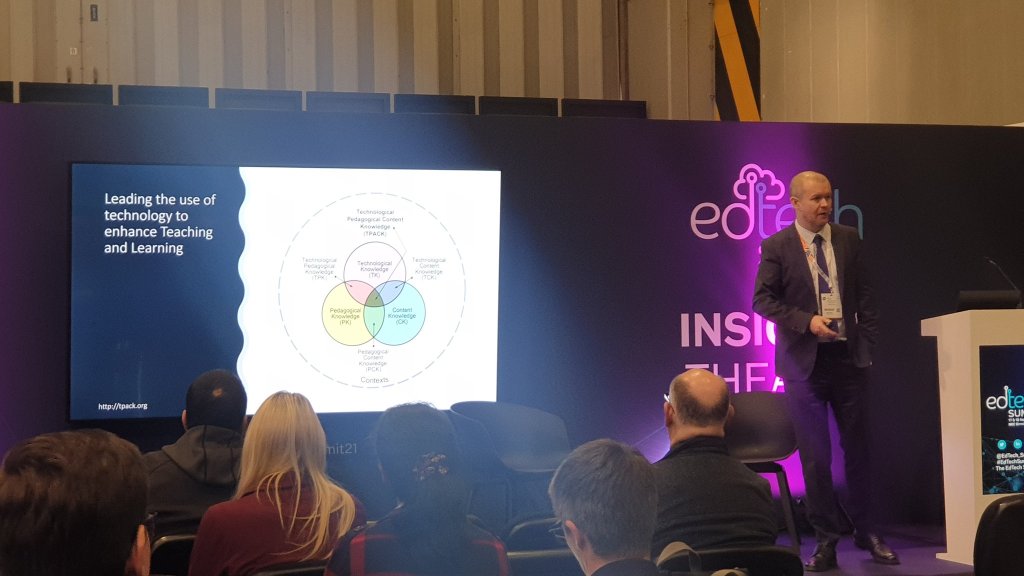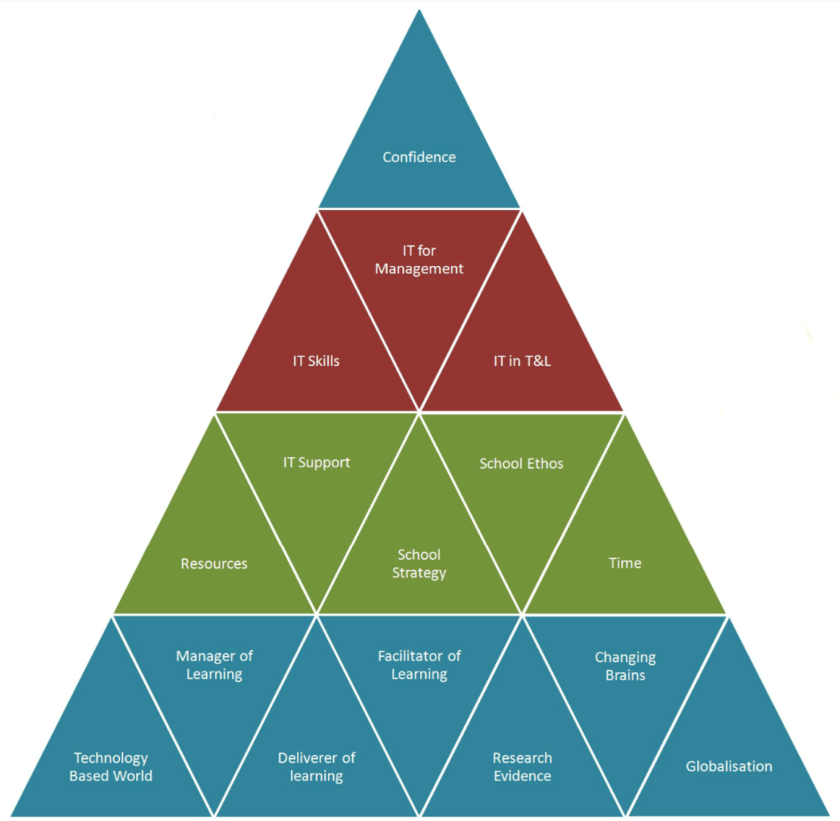
One of the big challenges with technology in education is going to be investment. For example, some schools are in inner city locations where access to internet infrastructure is easy. Others however exist in rural locations where access to appropriate broadband internet is not easy, or in some cases, not possible to come by. There will also be schools which have planned the replacement of network and server infrastructure on a regular basis where others have not.
Going forward, as there is little achieved in looking back on why things arent as developed as they could be, the key things in my view are:
- Investment
Looking generally across all schools and colleges it is reasonably clear that there is a need for investment. There are schools which lack some of the basics where other schools are streets ahead. But even across the board there is an opportunity to invest and drive things forward making sure our schools and colleges are set for the future.
- Sustainability
And this is critical. Investment cannot be seen as a one-shot deal. We cant simply invest in devices or infrastructure in the next year and consider it job done. Any investment must include planning and provision for the replacement of devices and infrastructure, plus the ongoing upgrade as based on the changing needs at the time. I remember laptops for teachers and the benefits it brought, followed by the issues presented when the centralised funding wasn’t there when the devices came to need replacing. We cannot repeat this, so any plans must be longer term plans.
- Support and training
We also need to acknowledge that the technology has to work, and in meeting this requirement there needs to be adequate support. IT Services teams in schools and colleges need to be put in place to ensure that the technology works on a day to day basis plus need to be there to resolve issues when things go wrong. And in line with the need for technology to simply work, the teaching staff using the technology need to have the relevant skills and experience to know how and also when to use it. This is about ensuring training is provided but also that opportunities exist for the continual professional learning and sharing required to make the best us of ever-changing technology solutions.
Conclusion
To get all schools and colleges to the same point, where they all can realise the same potential in the use of technology is a major piece of work. Schools are at various stages on this journey. As such the best approach for all is not to seek to make this potentially significant jump but instead to focus on the smaller steps, the little changes in practice and tech use, in the short term, which form part of what will be a big journey over the longer timeline. Let’s start now, do what we can, collaborate, share and petition those who can support us to ensure all schools can improve in their potential to use technology in teaching and learning.












